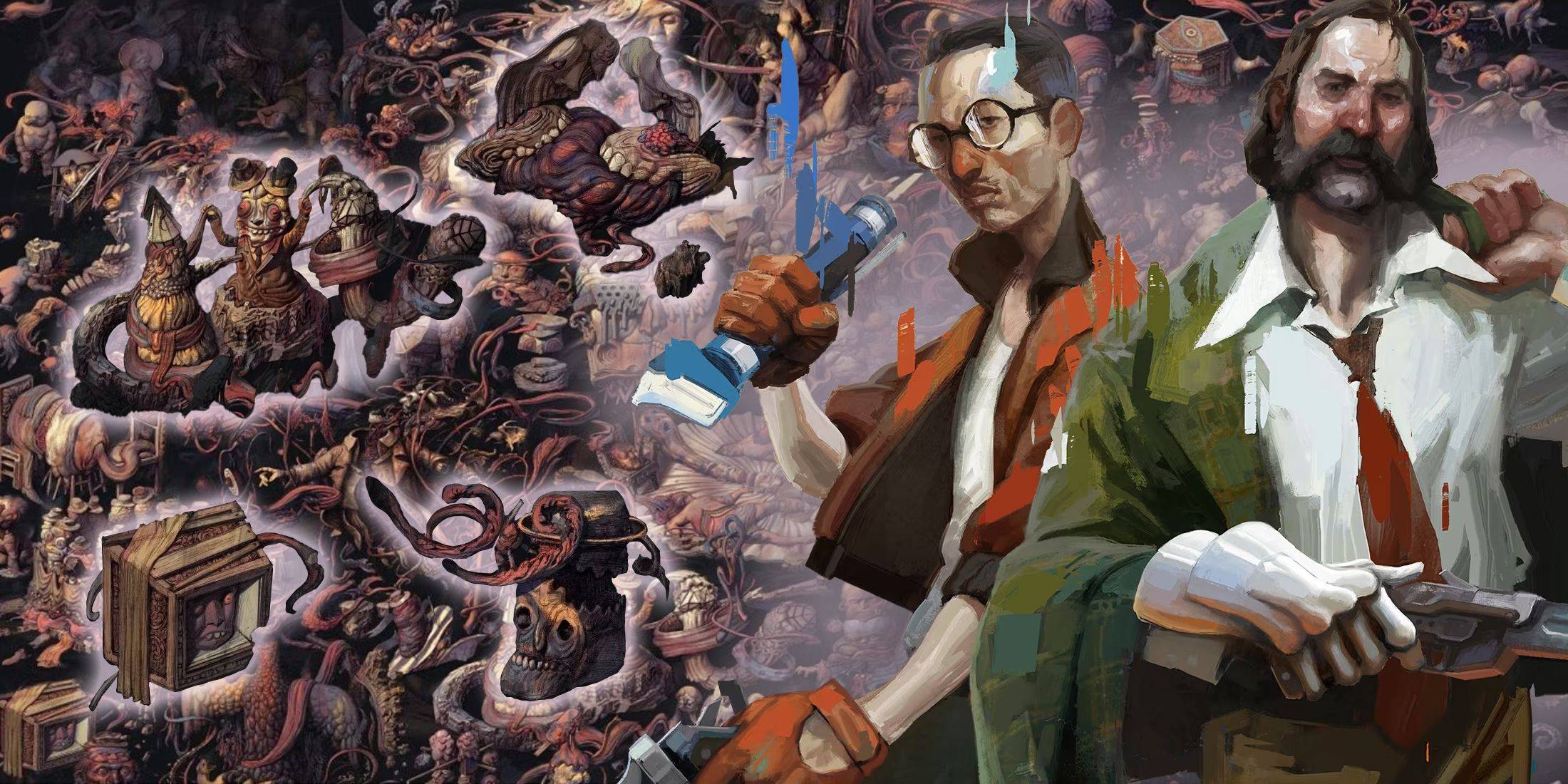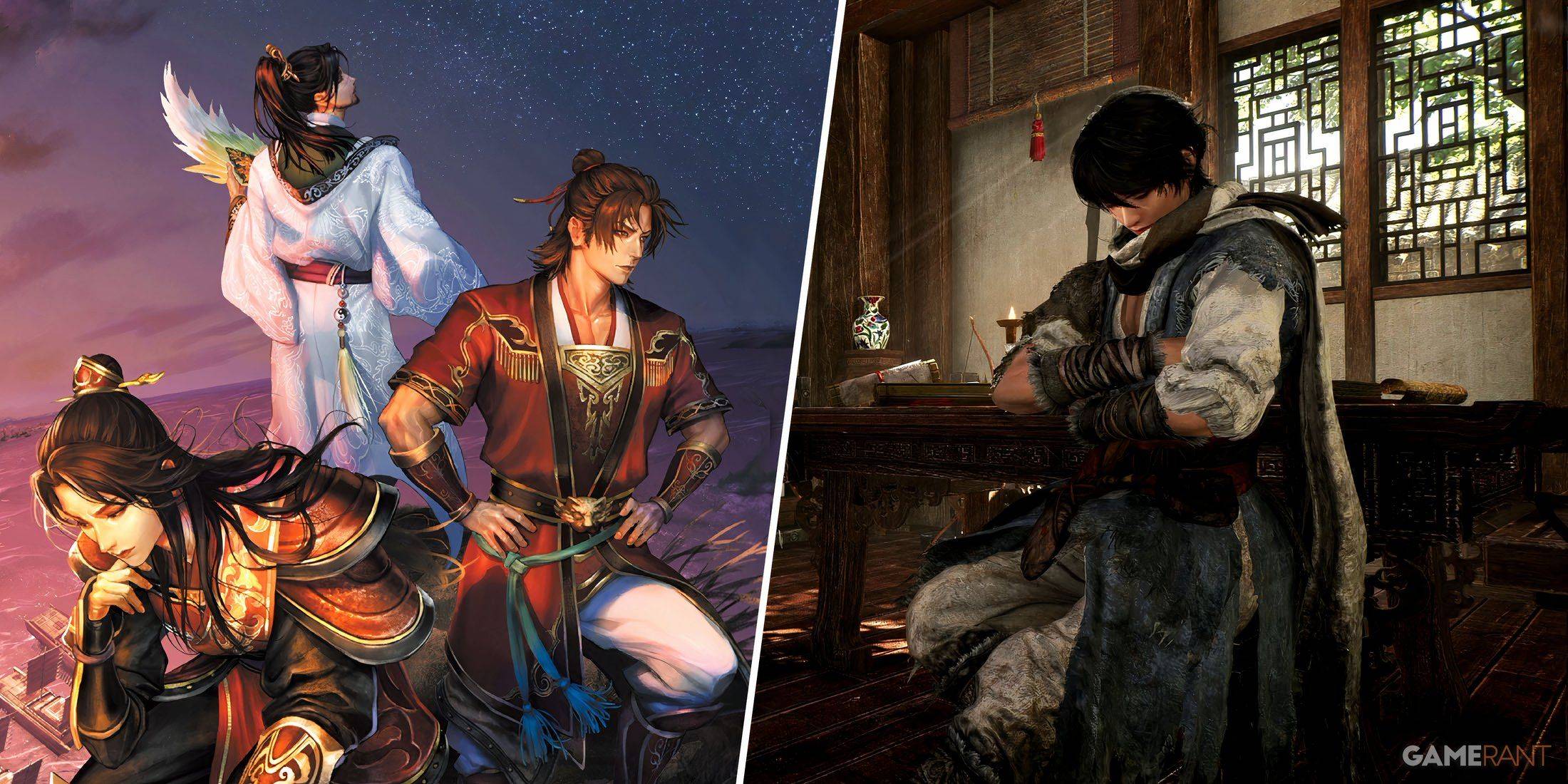Ever wondered about the diverse tree varieties in Minecraft and how to maximize their use? This comprehensive guide covers every wood type and its distinct traits, along with practical applications across the game.
Minecraft features twelve primary tree types, each offering unique wood textures and properties.
Table of Contents
Oak Birch Spruce Jungle Acacia Dark Oak Pale Oak Mangrove Warped Crimson Cherry Azalea 0 0 Comment on this
Oak
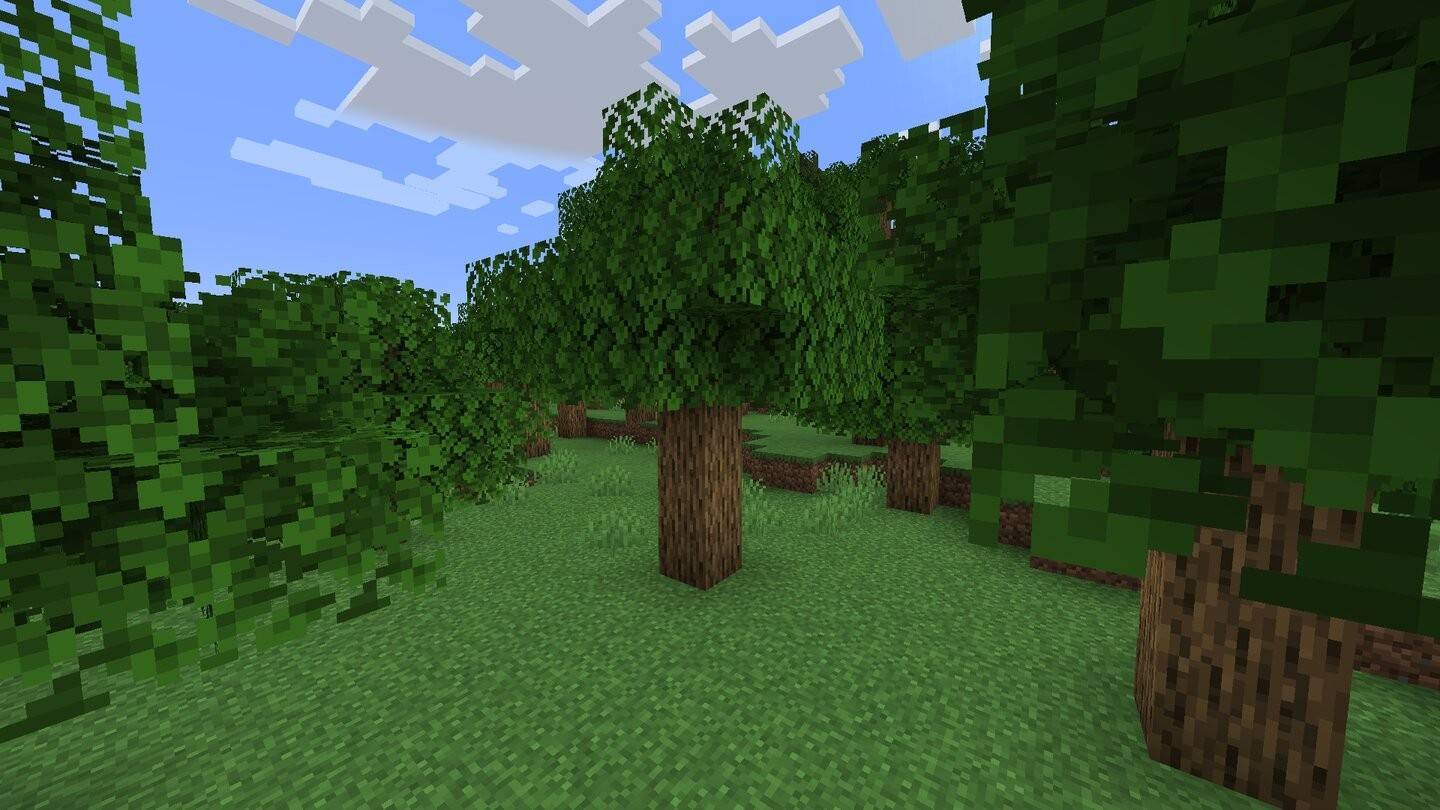 Image: ensigame.com
Image: ensigame.com
Minecraft's most ubiquitous tree, thriving in nearly all biomes except deserts and frozen tundras. Its versatile wood works beautifully for crafting planks, sticks, fences, or ladders. Oak trees occasionally drop apples—valuable early-game sustenance or golden apple ingredients. The wood's neutral tones adapt to any build style, from rustic cabins to urban structures.
Birch
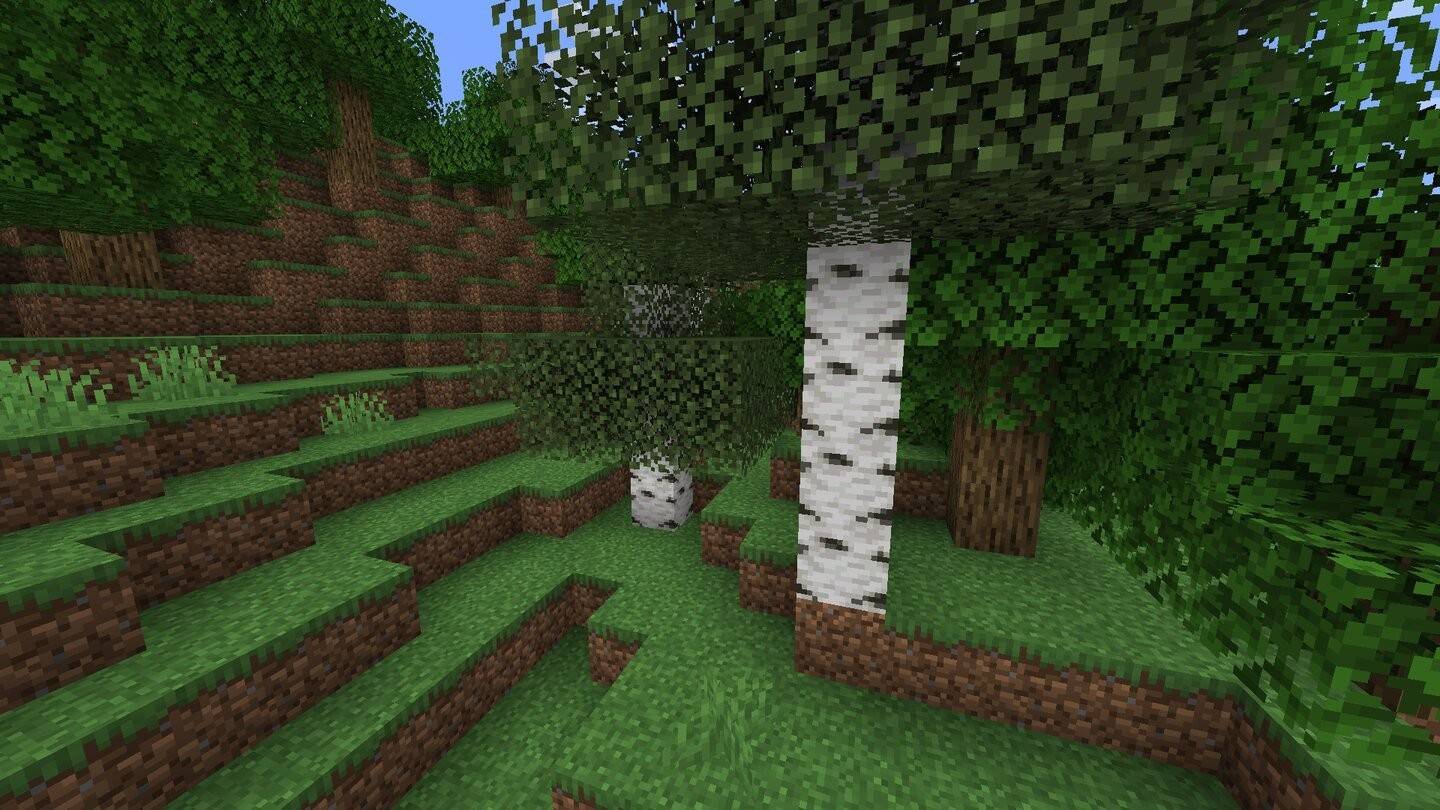 Image: ensigame.com
Image: ensigame.com
Prized for its pale wood and distinctive grain, birch excels in contemporary and minimalist designs. Thriving in birch forests and mixed biomes, its clean aesthetic pairs perfectly with stone and glass for bright, spacious interiors.
Spruce
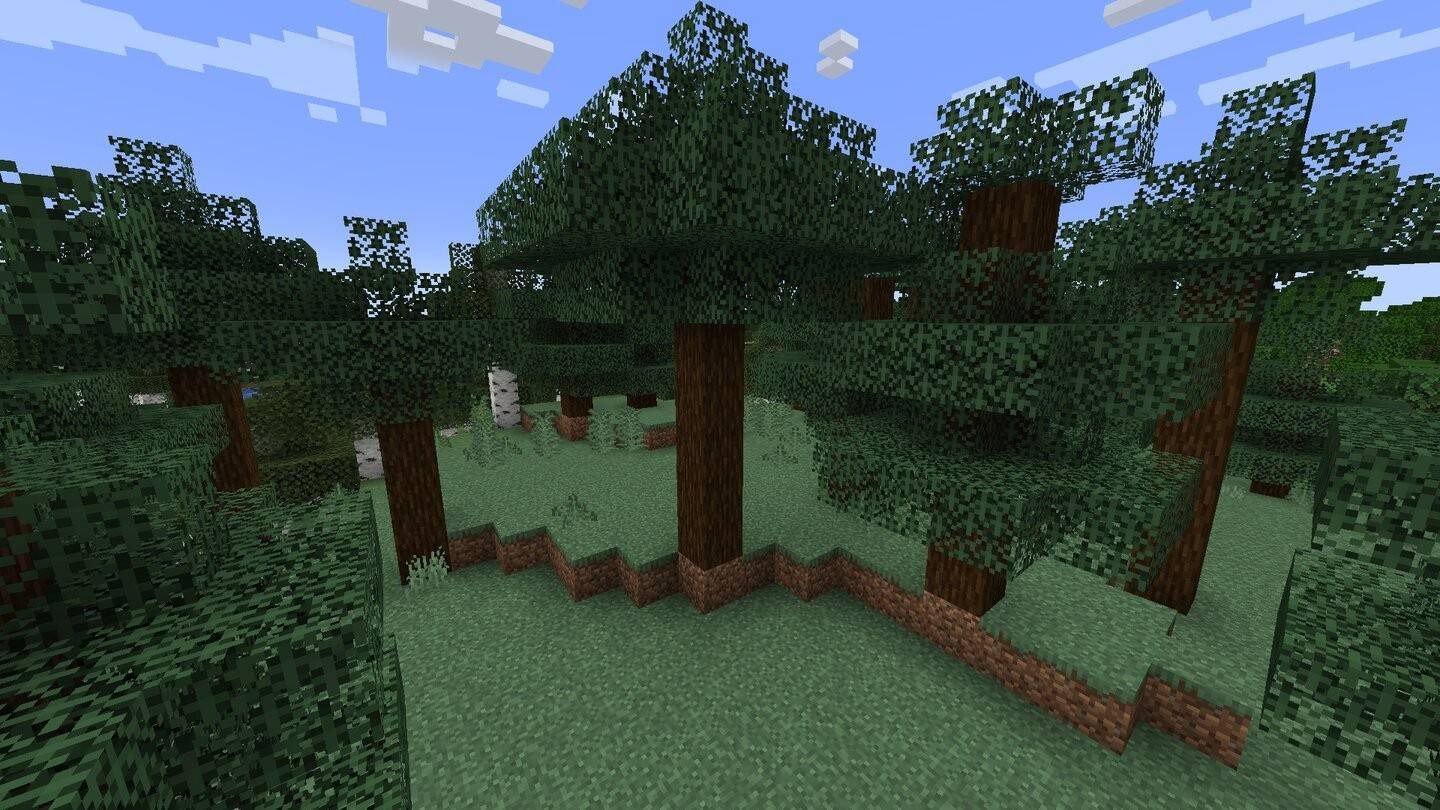 Image: ensigame.com
Image: ensigame.com
With its deep brown hue, spruce wood creates atmospheric gothic and medieval structures. Found in taiga and snowy biomes, these towering trees offer robust building material ideal for castles, bridges, and cottages. The rich texture adds warmth and depth to any construction.
Jungle
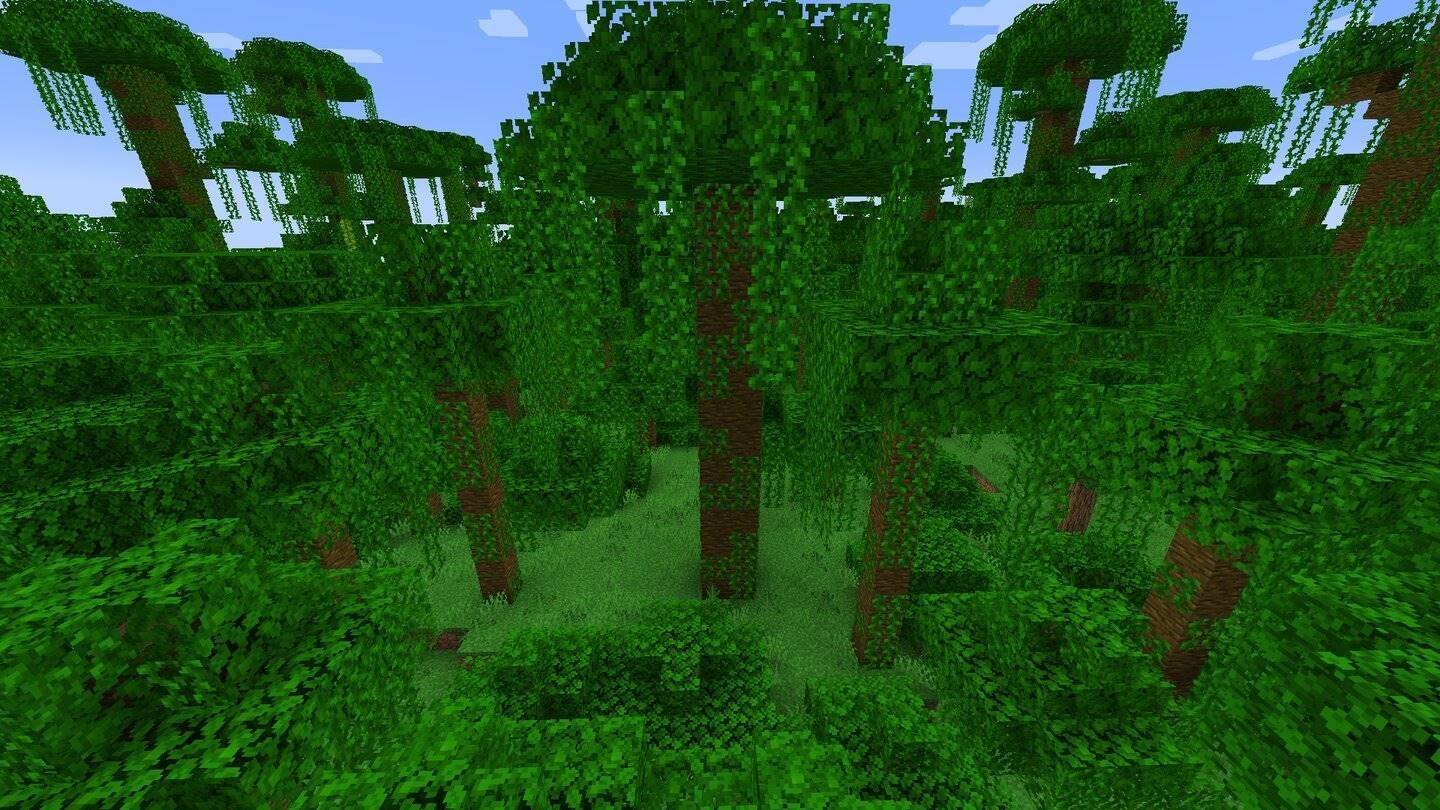 Image: ensigame.com
Image: ensigame.com
Jungle biomes host these colossal trees, known for their towering height and vibrant wood. Beyond decoration, they serve a practical purpose—growing cocoa beans for farming. Their exotic appearance enhances adventure-themed builds or tropical hideouts.
Acacia
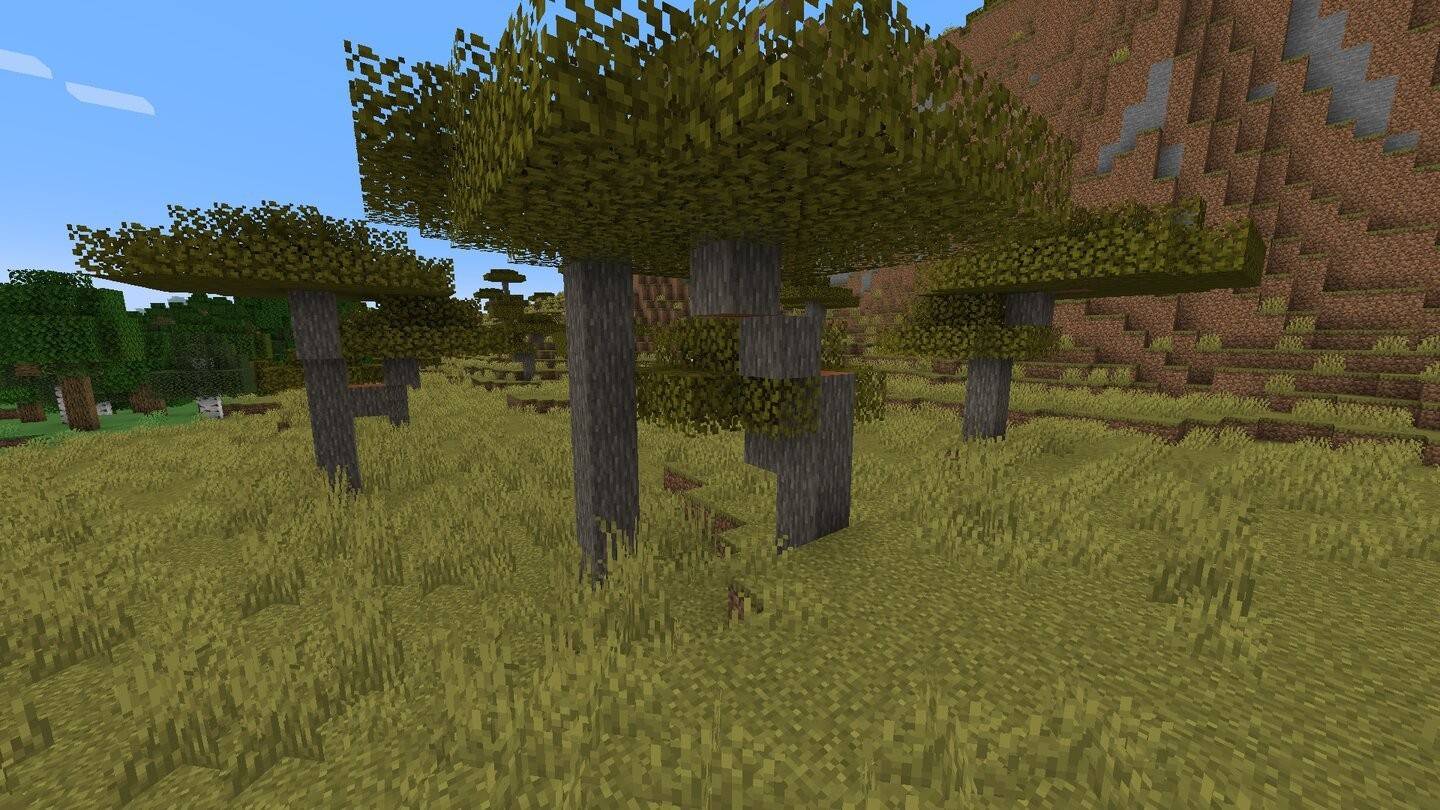 Image: ensigame.com
Image: ensigame.com
Savannas feature acacia trees with striking red-tinged wood and distinctive branching patterns. Their warm tones beautifully complement desert landscapes, making them perfect for cultural builds or desert-themed architecture.
Dark Oak
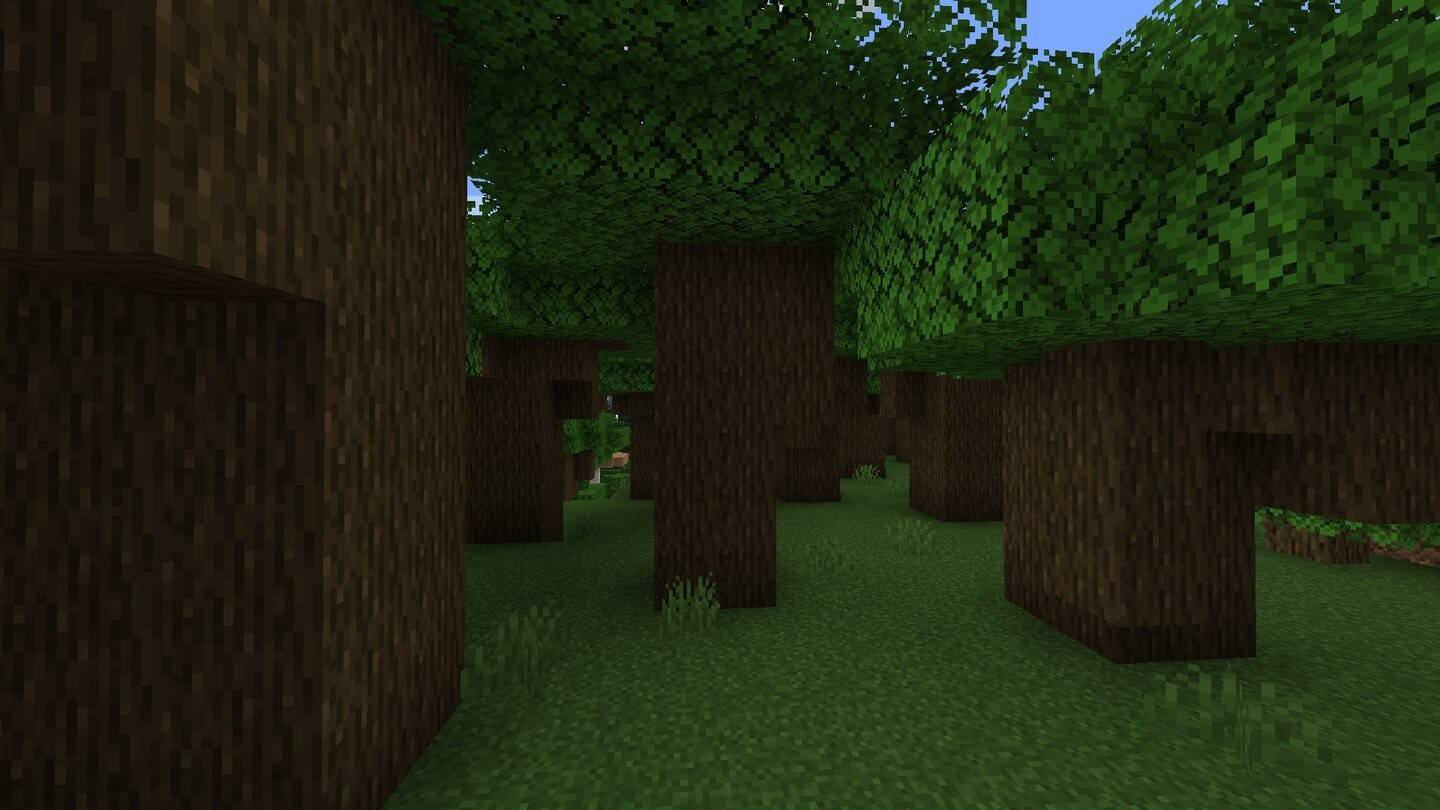 Image: ensigame.com
Image: ensigame.com
Exclusive to Roofed Forests, dark oak boasts a rich chocolate-brown color favored for grand medieval projects. Though requiring four saplings to cultivate, its luxurious texture elevates doors, interiors, and fortress builds.
Pale Oak
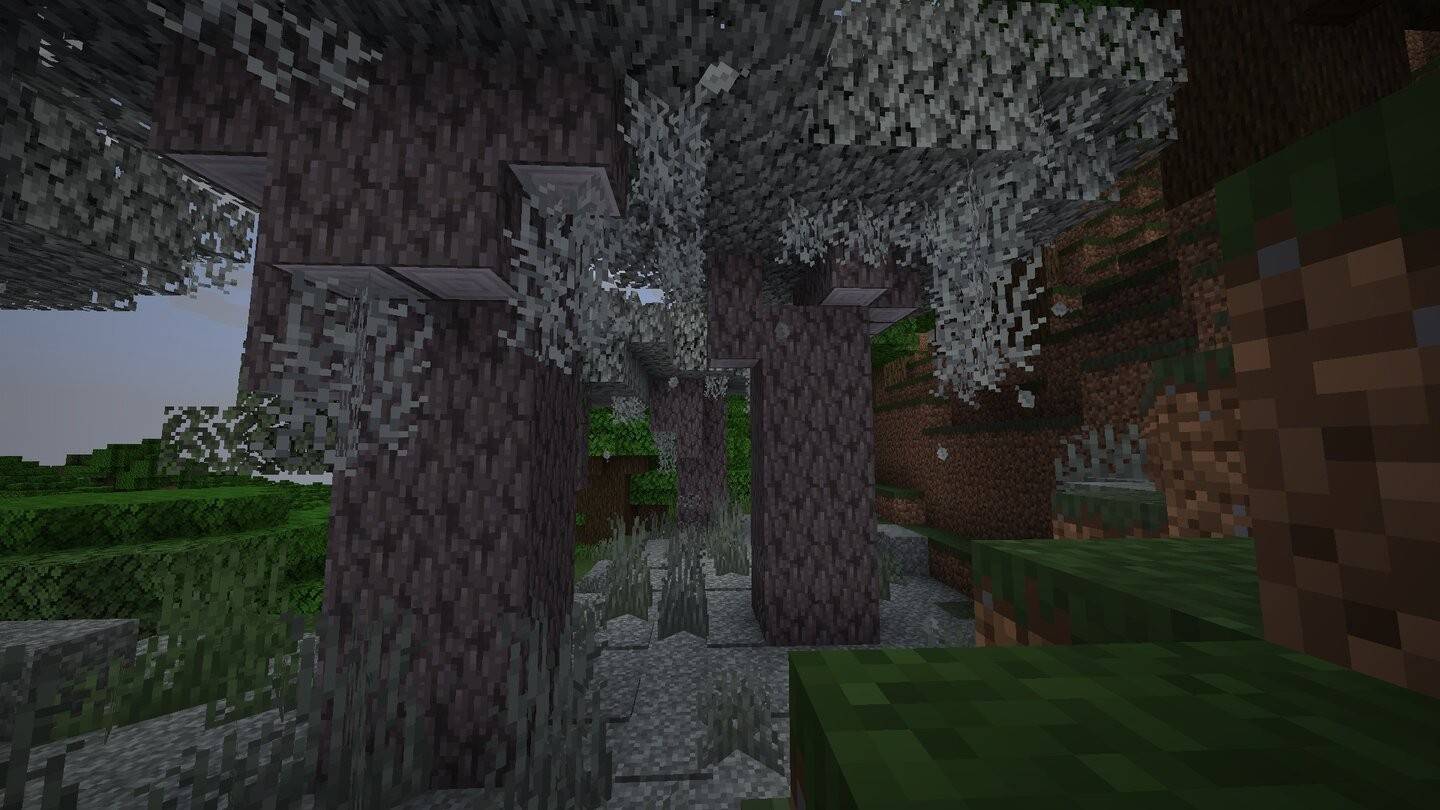 Image: ensigame.com
Image: ensigame.com
This rare Pale Garden biome specimen shares dark oak's texture but features eerie gray hues and hanging moss. Its unique properties—including spawning hostile "skripuns"—make it perfect for haunting builds when combined with dark oak.
Mangrove
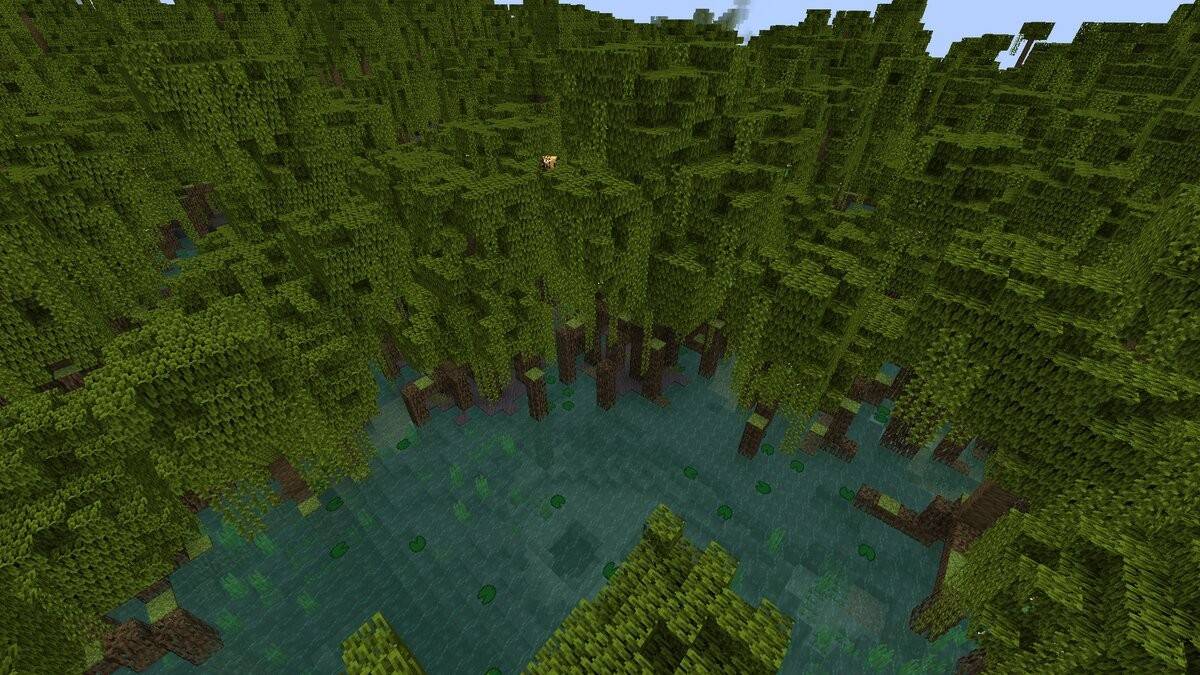 Image: youtube.com
Image: youtube.com
Introduced in recent updates, mangrove swamps yield reddish-brown wood with intricate root systems. Ideal for docks, bridges, or swamp villages, these trees add authentic waterlogged ambiance to builds.
Warped
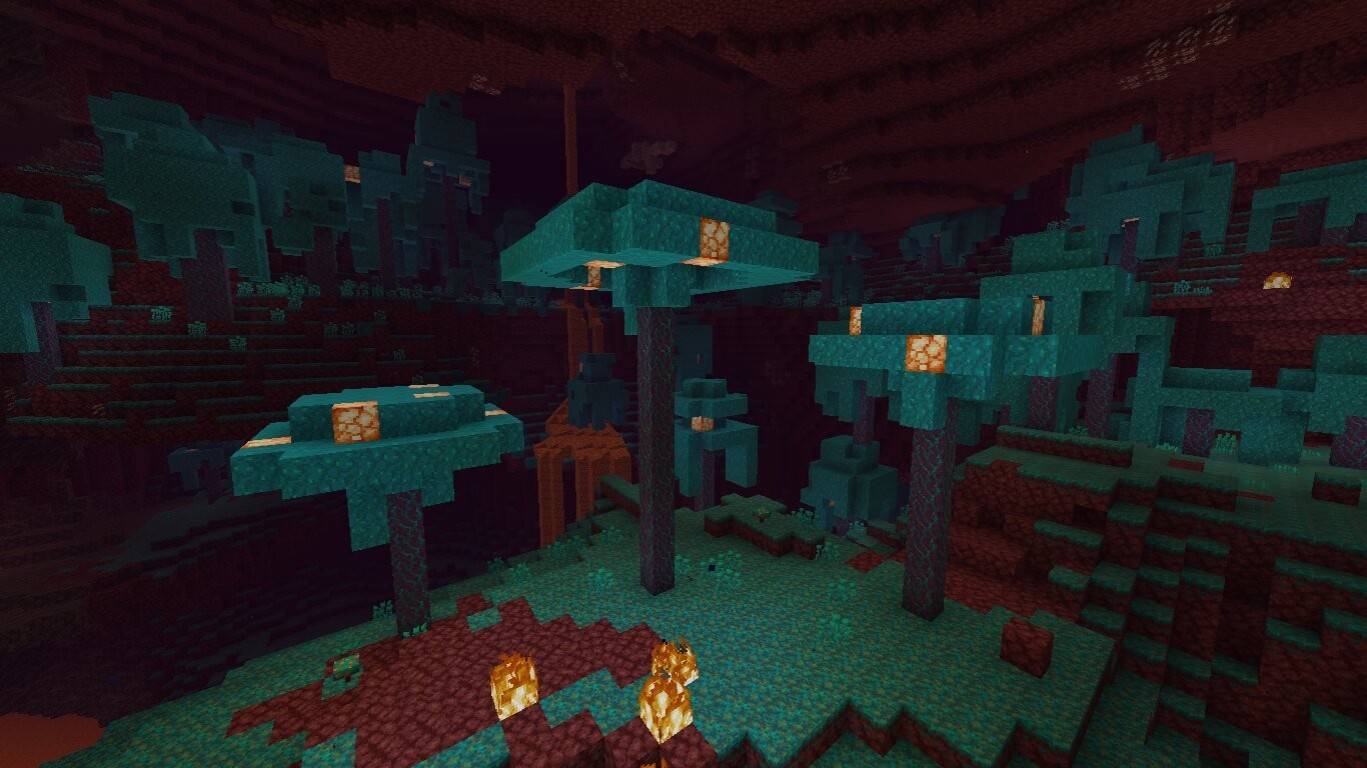 Image: feedback.minecraft.net
Image: feedback.minecraft.net
One of two Nether-exclusive trees, warped wood's turquoise hue sparks creativity for fantastical builds. Fireproof properties enable safe construction of wizard towers, enchanted gardens, or otherworldly portals.
Crimson
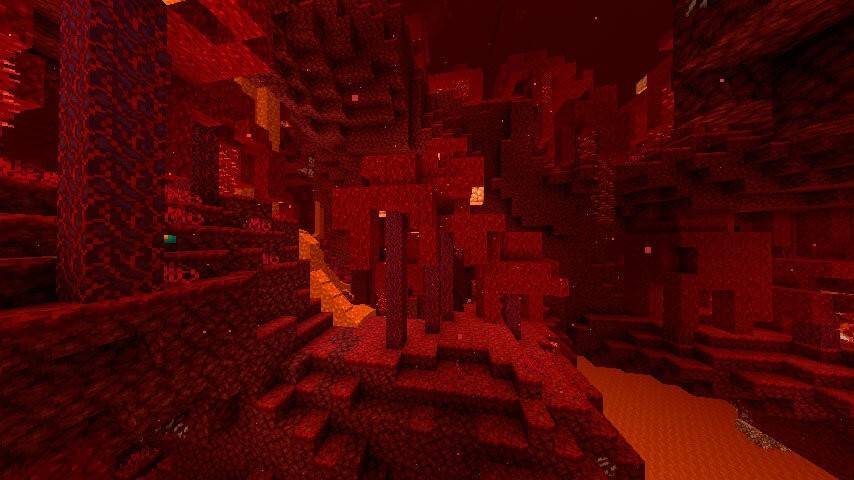 Image: pixelmon.site
Image: pixelmon.site
The Nether's second tree type offers dramatic red-purple wood for sinister or demonic themes. Like warped variants, crimson's flame resistance makes it invaluable for hazardous environment construction and Nether-themed interiors.
Cherry
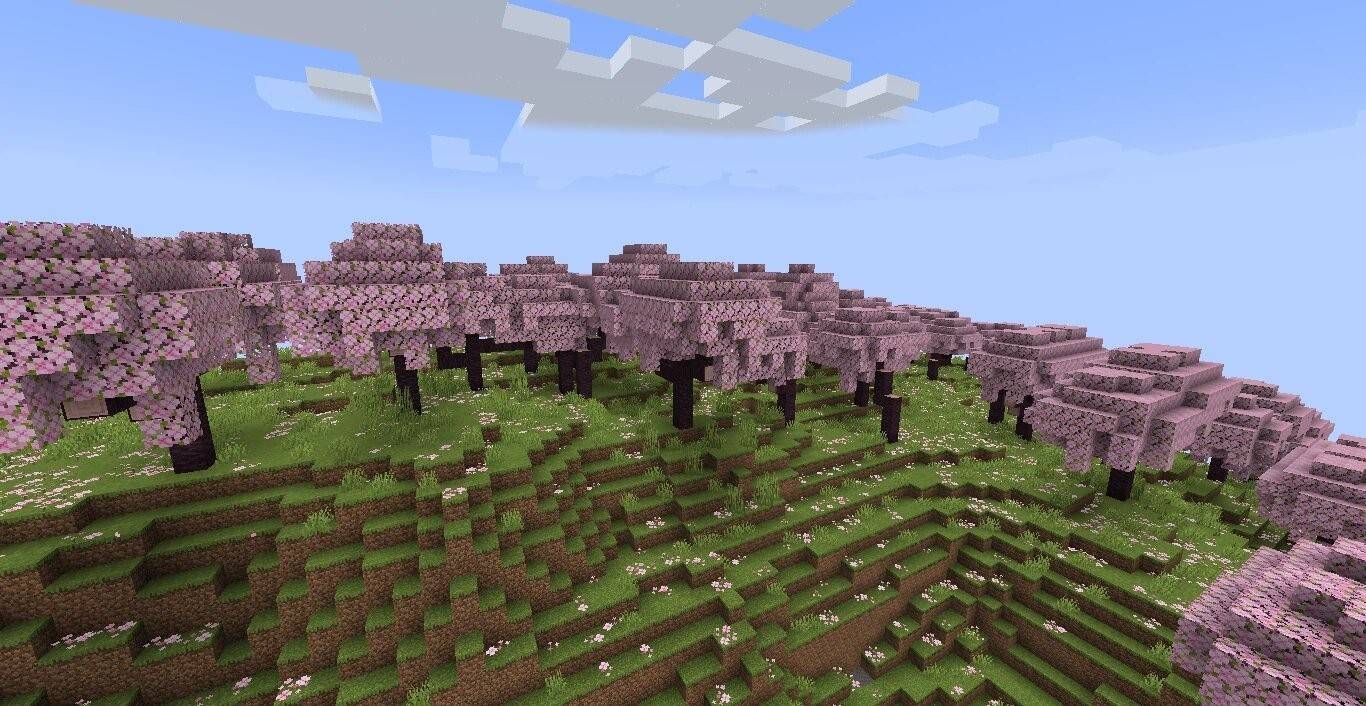 Image: minecraft.fandom.com
Image: minecraft.fandom.com
Exclusive to cherry groves, these trees feature falling petal effects and rosy wood perfect for decorative accents. Their vibrant pink tones create striking furniture pieces and distinctive aesthetic elements.
Azalea
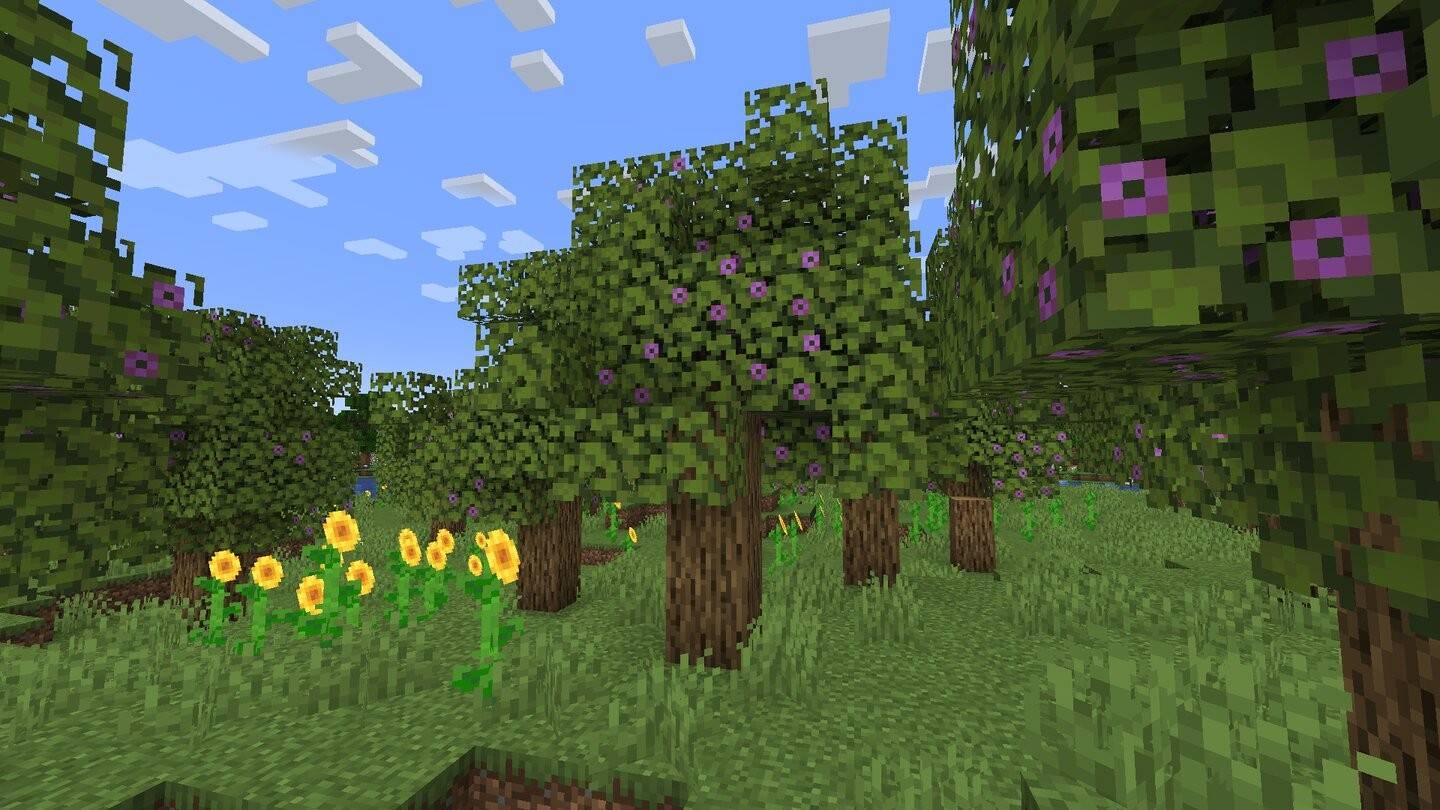 Image: ensigame.com
Image: ensigame.com
Growing above lush caves, azaleas mark underground exploration sites while offering ornamental value. Though wood-type matches oak, its flowering canopy and root system provide unique landscaping opportunities.
In Minecraft, wood transcends basic survival—it enables limitless creativity. While all types function identically for crafting, their varied textures and colors offer infinite building possibilities. Mastering wood properties lets players craft functional items while designing stunning structures. Grab your axe and transform these natural resources into breathtaking creations!













 LATEST ARTICLES
LATEST ARTICLES 